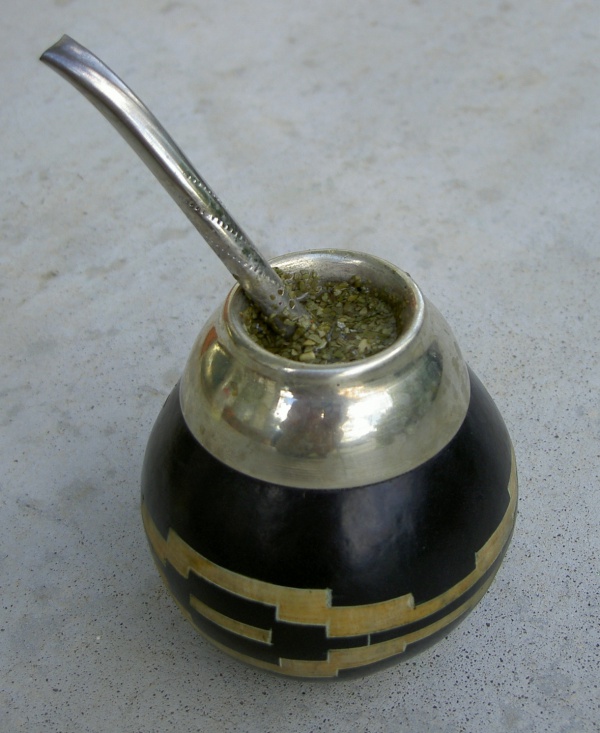Facts About Tereré
Tereré is a traditional South American beverage with origins tracing back to Pre-Columbian times in the Guaranitic region. It is a refreshing infusion of yerba mate, prepared with cold water and ice, and served in a larger vessel compared to the traditional hot mate. The Guaraní people call it "ka'ay" which translates to herb water. Initially consumed by the Guaraní natives, it gained broader popularity during the Guaraní-Jesuit Missions era. Today, tereré represents more than just a drink; it epitomizes a social ritual that symbolizes trust and camaraderie.
In Argentina, tereré is enjoyed with a blend of medicinal herbs, cold water, ice cubes, or sometimes citrus juices, varying by local traditions and personal preferences. It holds particular popularity among indigenous communities such as the Qom people. Meanwhile, in Paraguay, tereré is the preferred beverage on hot summer days, often enhanced with medicinal herbs to address various health concerns. People employ customized vacuum flasks and guampas (special cups) to carry and serve tereré, frequently adorned with personalized leather covers, names, or logos.
To prepare tereré, you fill a guampa or mate gourd with yerba mate, then add ice, herbs, and water to a vacuum flask. A bombilla (a metal straw with a filter) is inserted into the mixture, and you drink through it. Many people enjoy adding citrus juices, fruits, or herbs like peppermint or lemongrass for additional flavor. Tereré is a versatile and refreshing drink, treasured for its cultural significance and enjoyed in various South American countries, especially Argentina and Paraguay.

 Argentina
Argentina